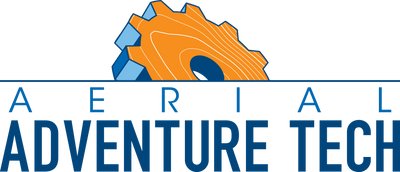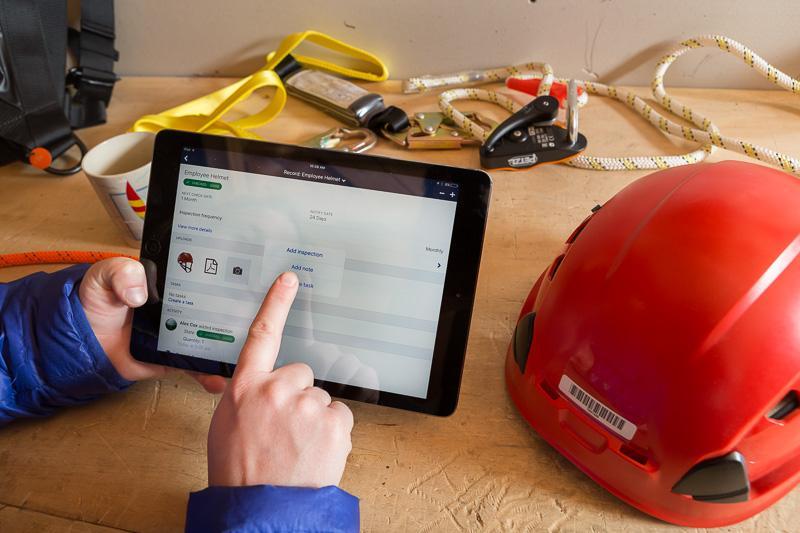We’ve been following this great blog series from 5th Point, an Australian rope access company, on their process for implementing Papertrail and RFID tracking. It is a multi-part series, so it's a lot of reading, but each part provides an update on where they are at in the process. The blog series is particularly useful because it’s an honest accounting of the blind spots operations have to address and the day to day advantages seen after implementing a system like Papertrail. And since 5th Point has over 6000+ carabiners alone in their inventory, they are an awesome proving ground for the software.
Now all of this is in the context of the rope access world, with emphasis on IRATA (Industrial Rope Access Trade Association) compliance. But many of the same safety principles and efficiency needs translate to the aerial adventure and climbing world. IRATA’s Code of Practice specifies that organizations need to have inspection and maintenance procedures to ensure that equipment faults are detected early. Additionally, it states the need for a quarantine process and assessment of that equipment by a “Competent Person” with advanced training in equipment inspection. Article III in the blog series gives a good list of the opportunities that are currently out there to gain this training.
An excerpt from the second post that I think we can all relate to:
The administration of our old PPE log was time consuming; we had it structured so that each product has its own category, and then separated into equipment types – but it’s still looking at a whole series of numbers and dates in a line. Human error can occur; edit the wrong field, delete the wrong cell and the whole log can go out of whack. When we conduct large inspections, the slowest part is the locating the item in the spreadsheet, and then marking down the details of the inspection. I’d often be still looking for a number / unique identifier while the PPE inspector would be waiting to read out the next number to me.
One of the critical decisions that bumped 5th Point over the line to Papertrail, was the outsourcing of data input. Being able to send over our existing Equipment Log and have it completely imported and uploaded into our new database saved us a lot of time and money. We somehow managed to skip the critical staff training session, where all key personnel were trained in the use of Papertrail, yet we managed to stumble through it and set up multiple account users to access only some of our multiple equipment log’s (yes – multiple. you have total control over who can see what log of what gear). We set aside a week for inspecting our training facility equipment: and have a very, very rough plan on how time-effectively implement and retro-fit the RFiD tech to our gear.
5th Point continues to maintain throughout the series that Papertrail is the simplest and easiest to use system they have encountered. And they tout benefits like receiving notifications to keep them compliant with internal inspection policies and procedures. 5th Point even notes that it took them 30 minutes to scan in 212 DMM carabiners with built-in RFiD with half of that time being spent un-clipping the manufacturers’ technical notices off the carabiners!
Read the blog series here: 5th Point Equipment Inspections- Part 1
If you are interested in learning more about Papertrail, watch the quick intro video and sign up for a full demo!

